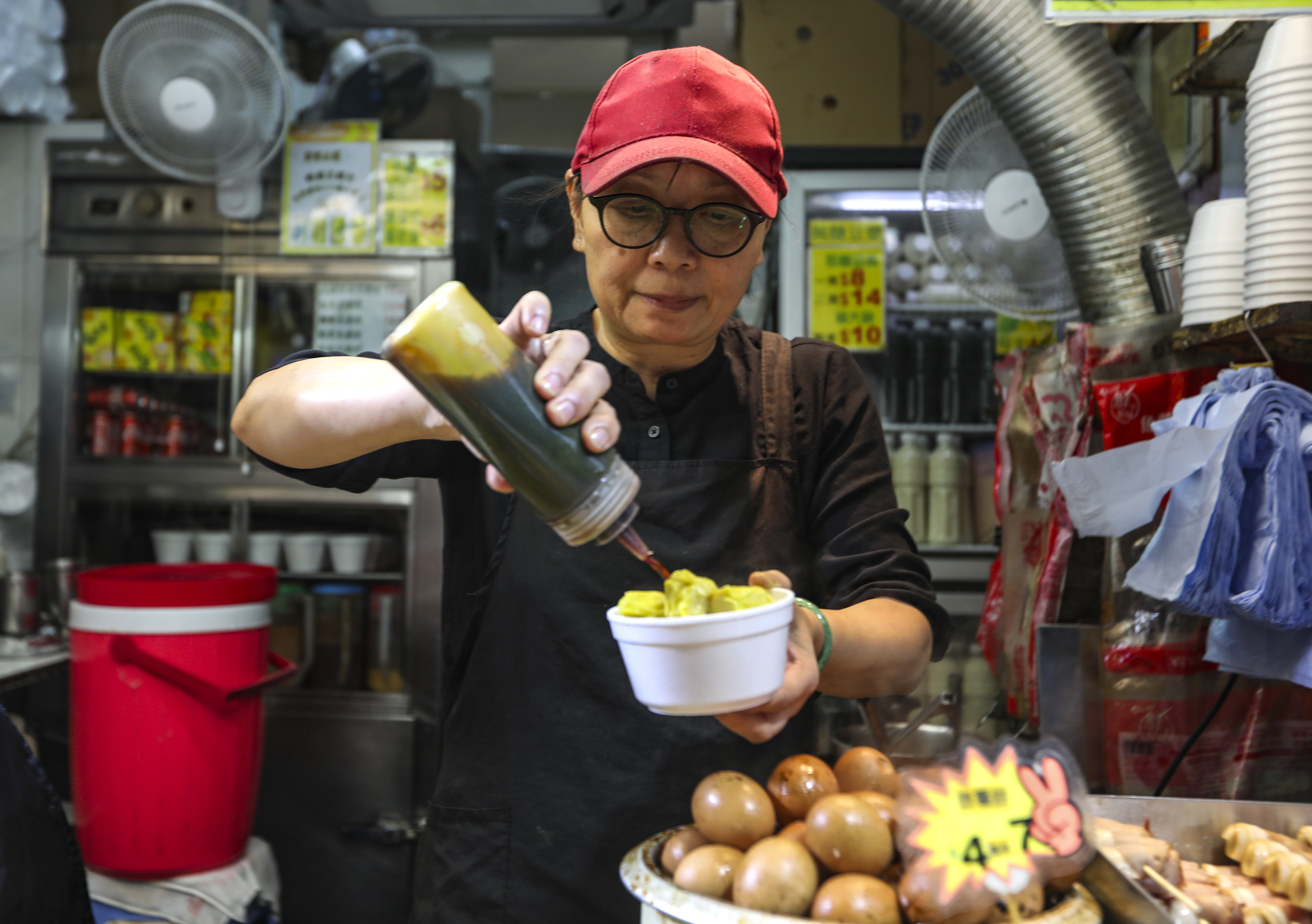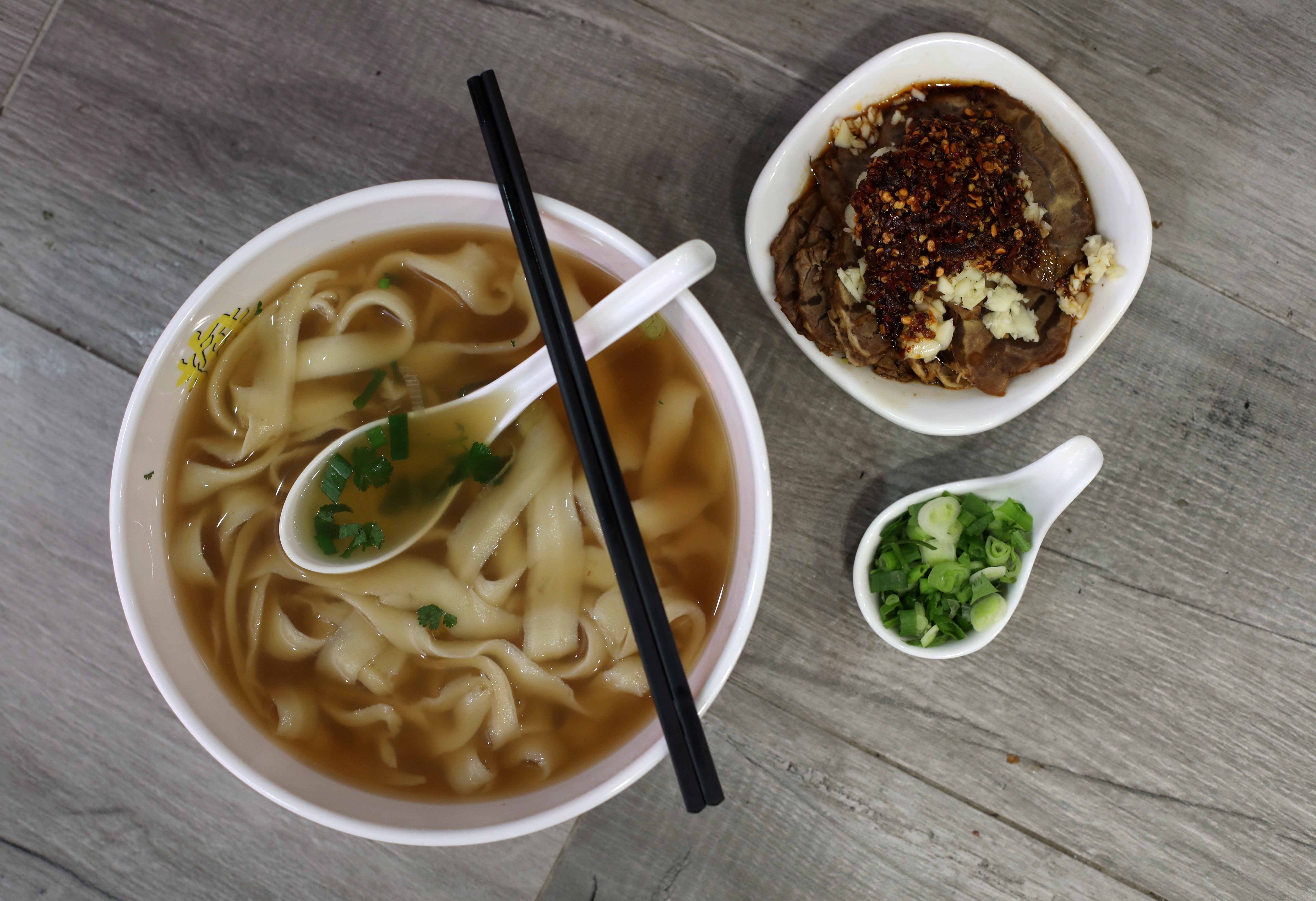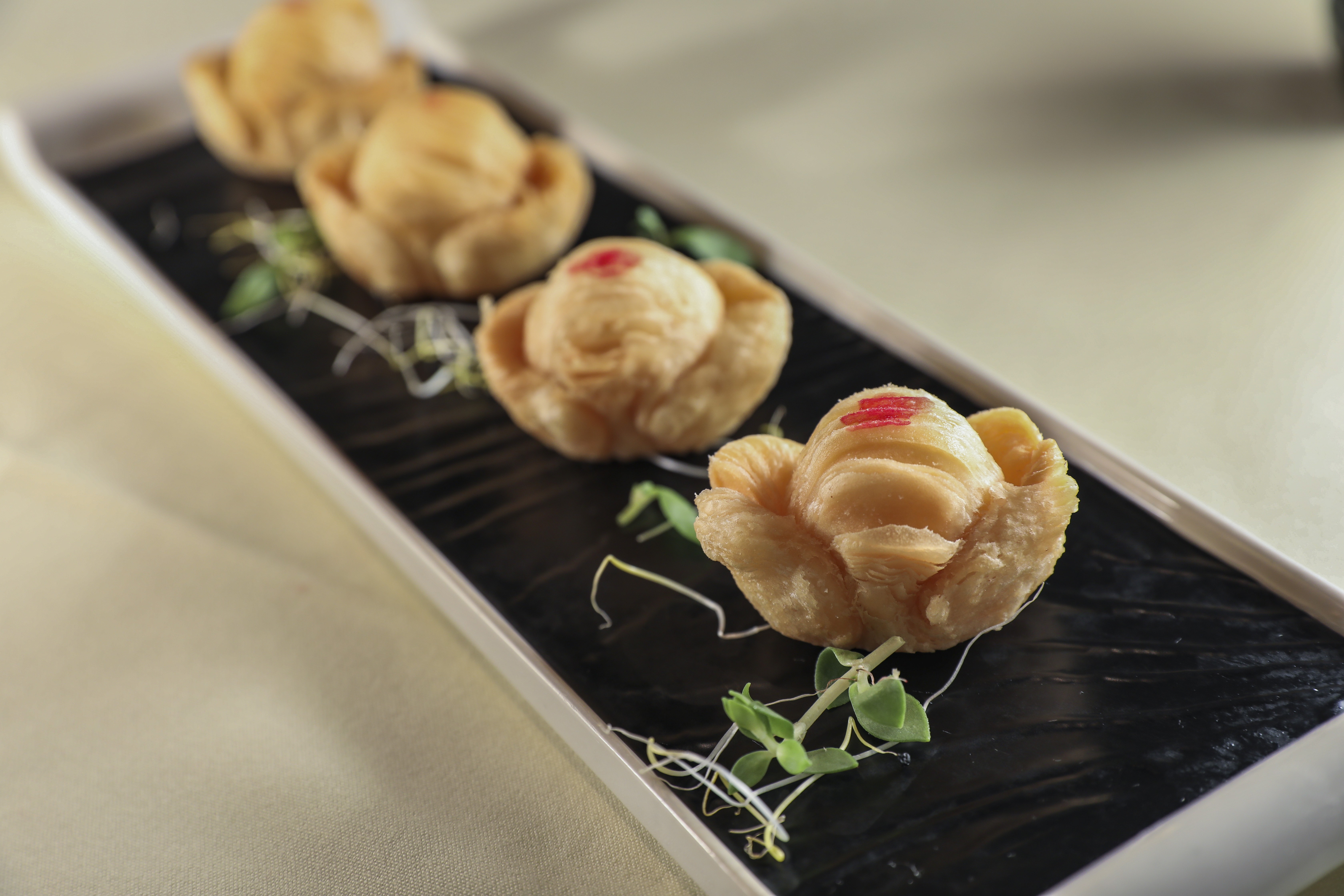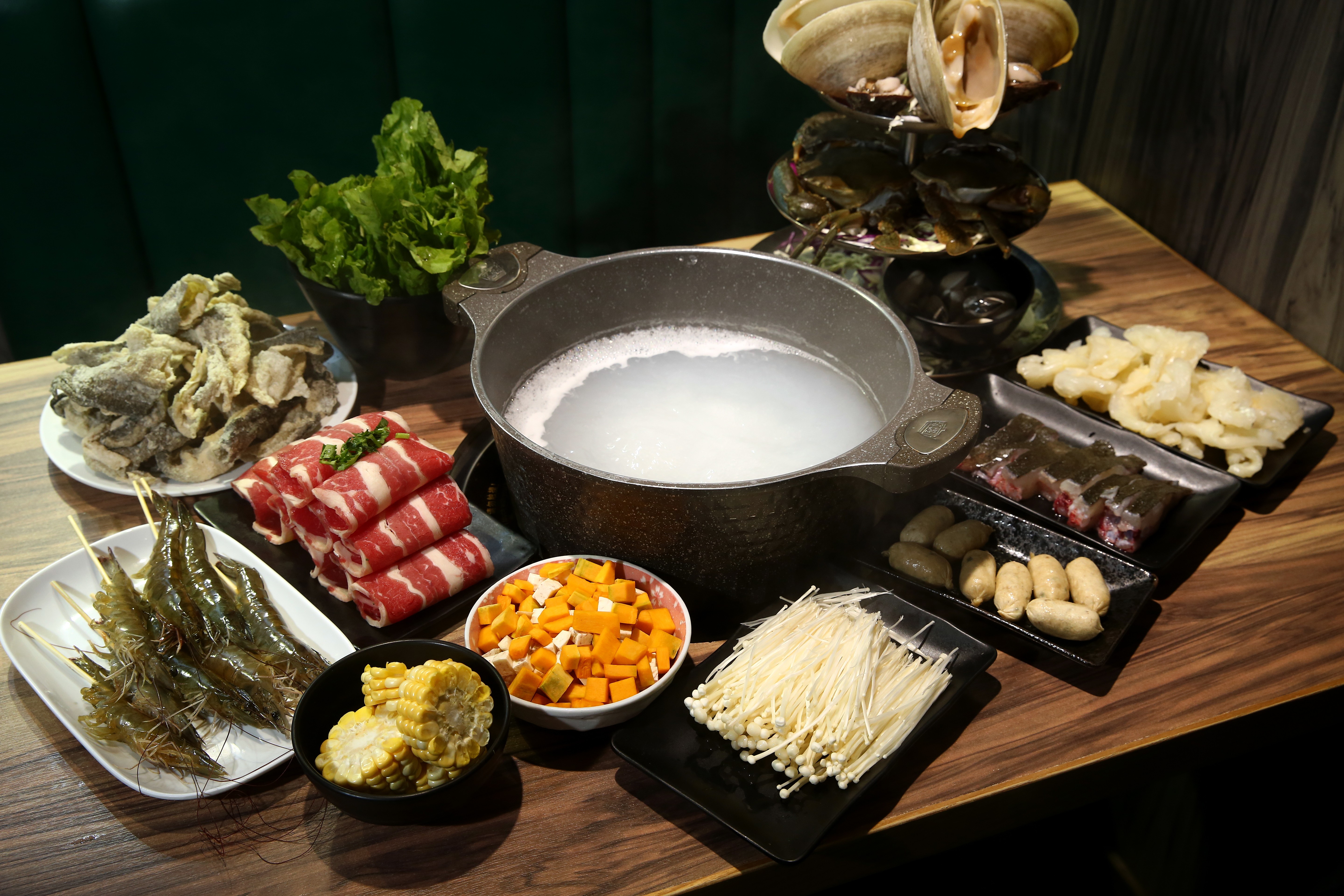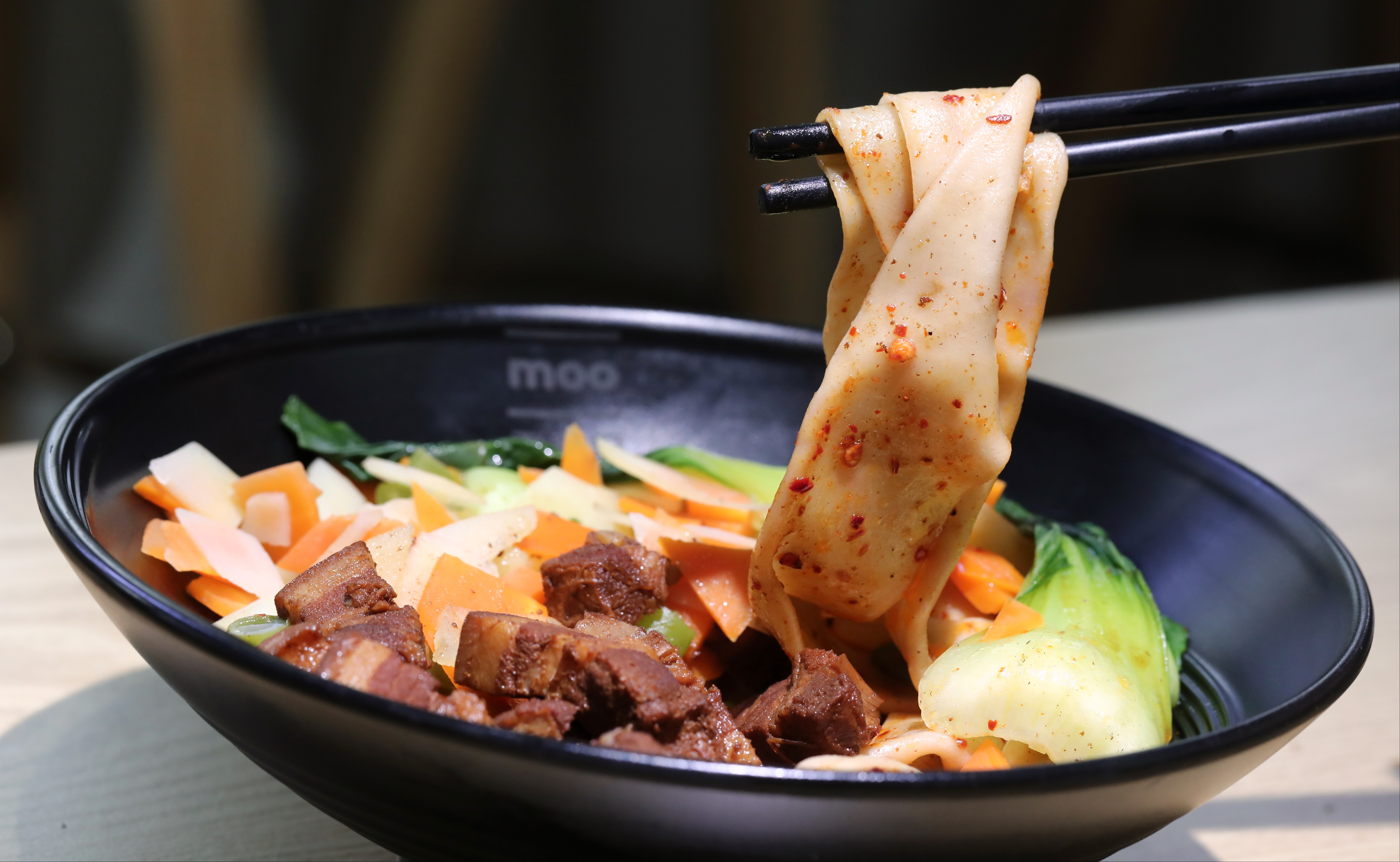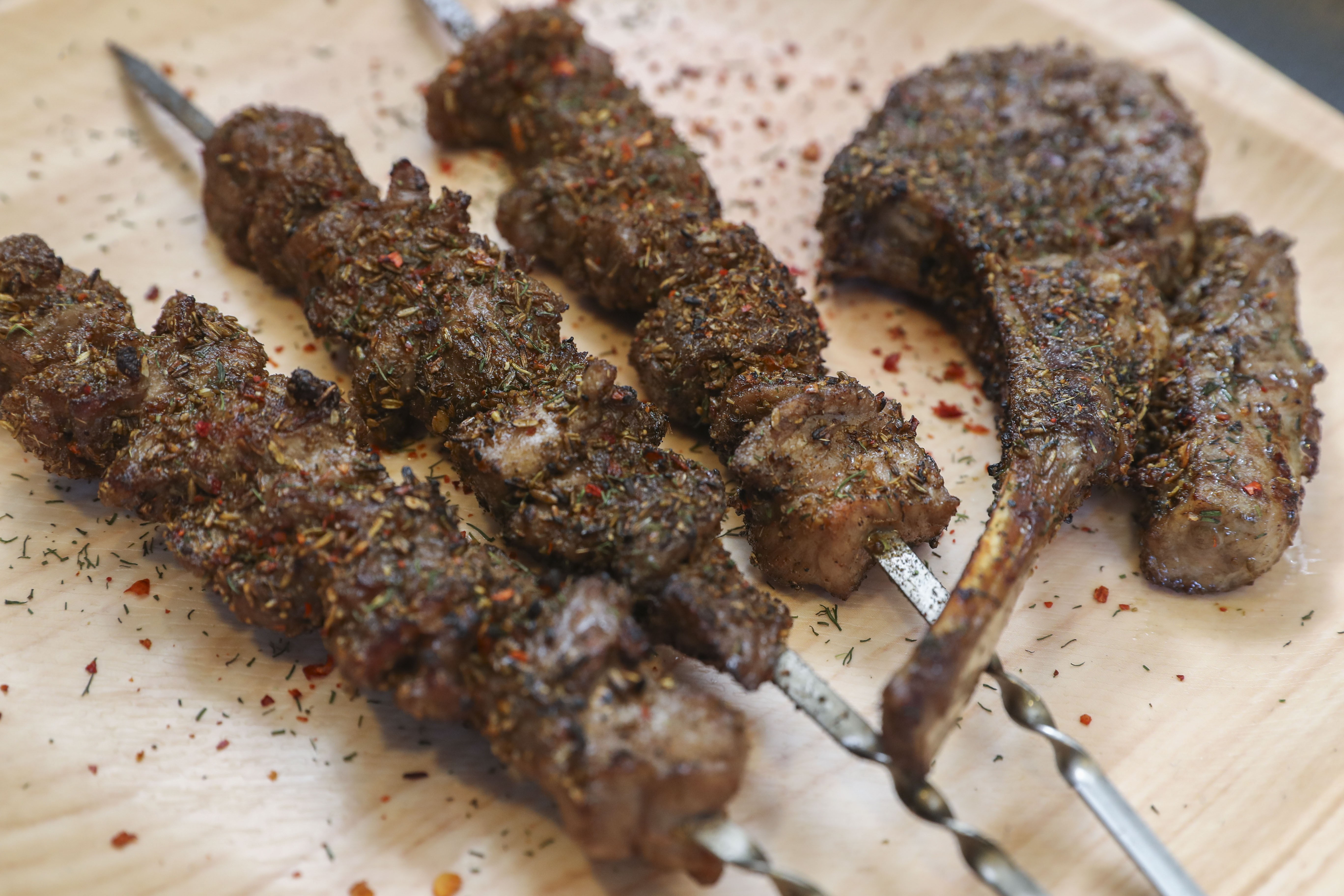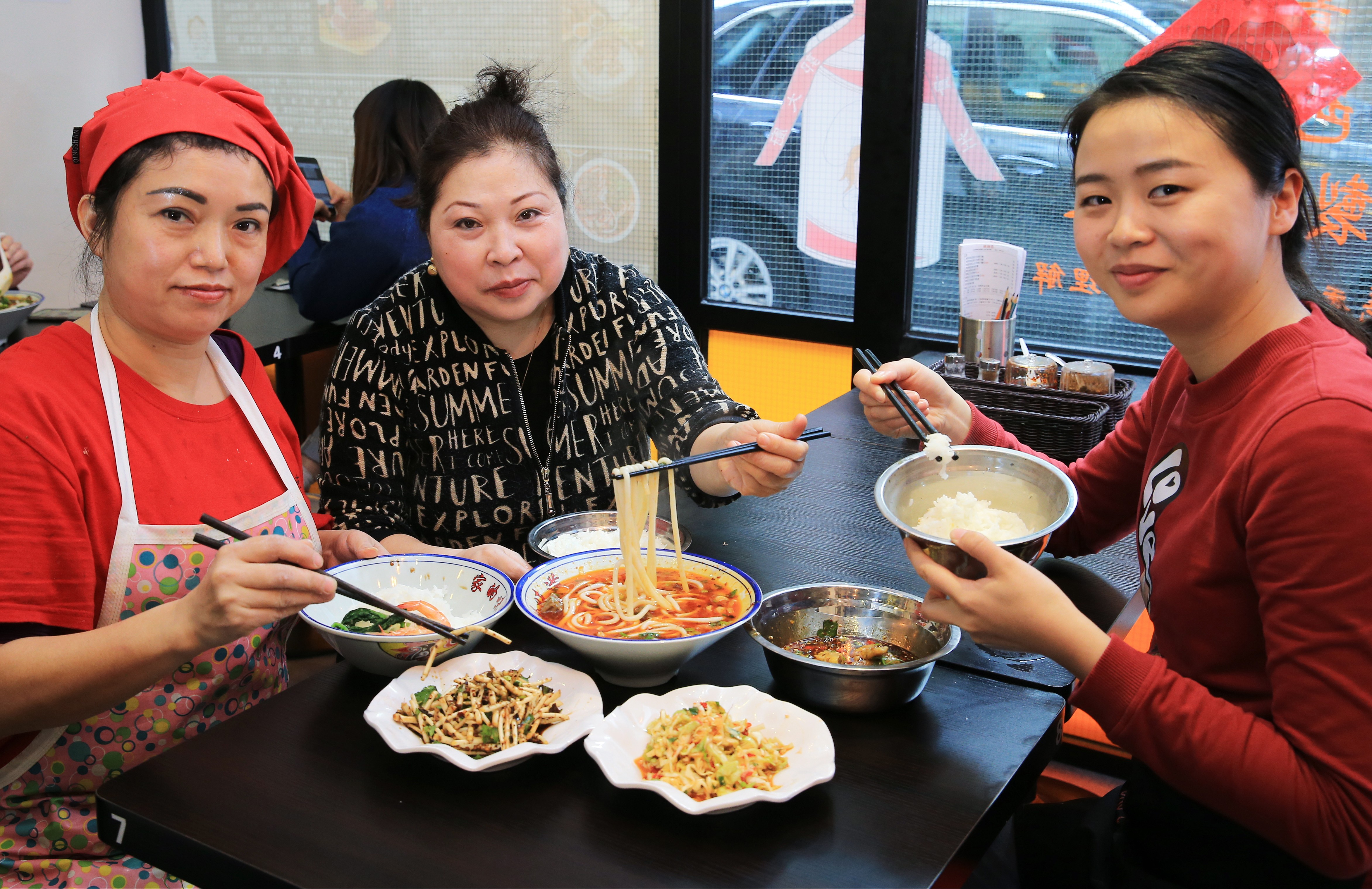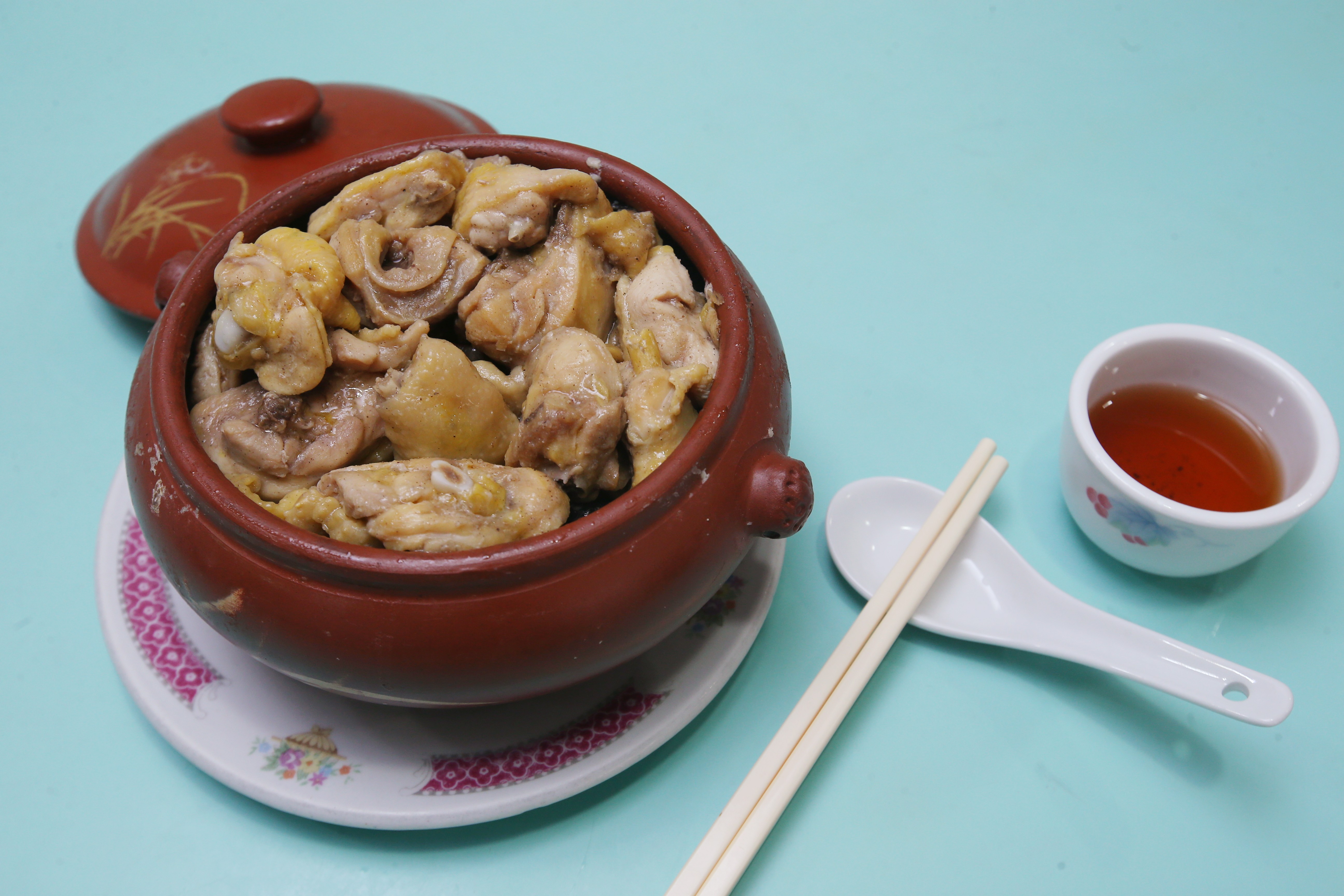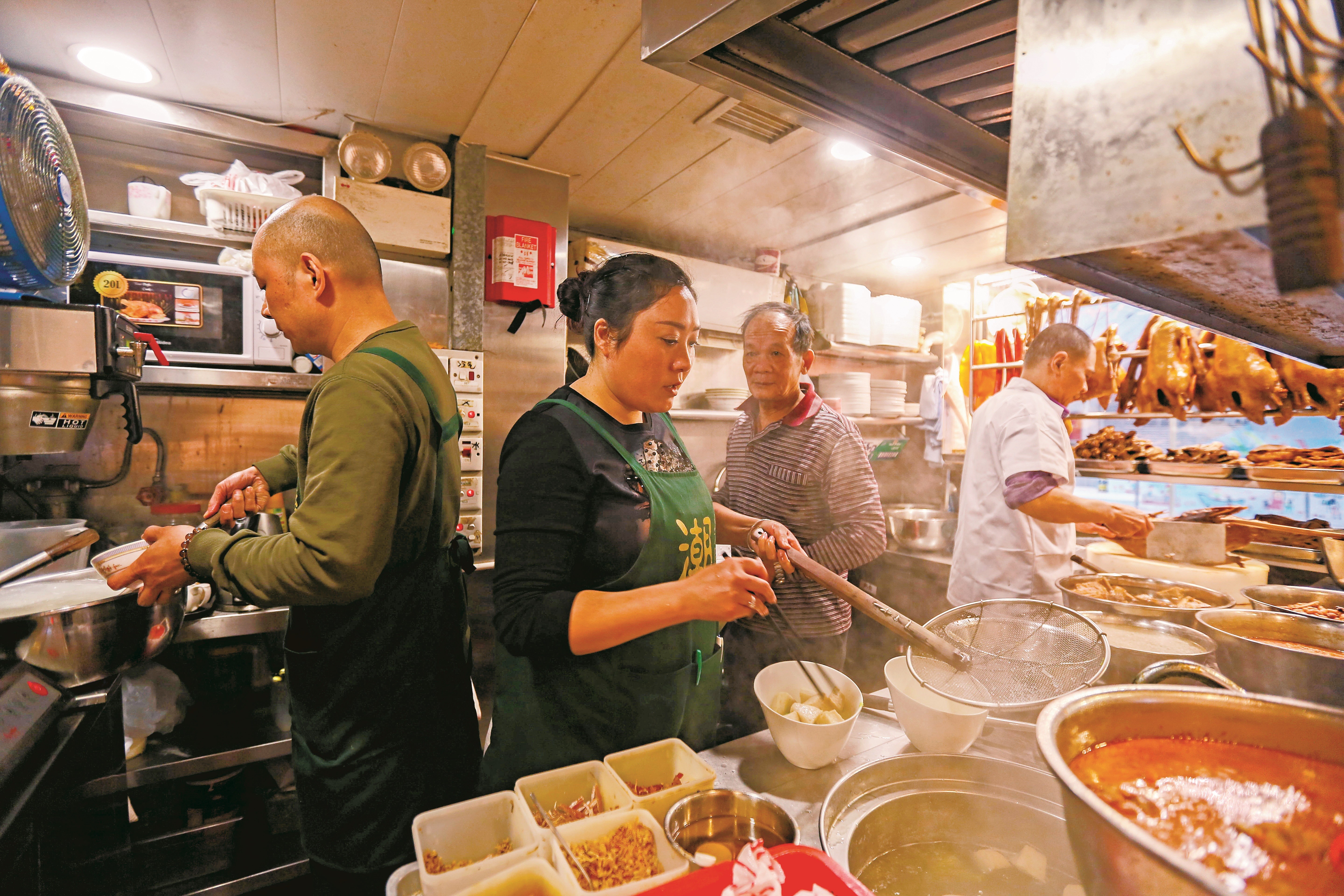Russian and Eastern European food is not common in Hong Kong but the few restaurants serving borscht, chicken Kievs, dumplings – and of course vodka – have proved popular.
First came pineapple buns and egg tarts, served with milk tea at ‘bing sutt’ cafes, followed by fare such as French toast and steaks adapted to Hongkongers’ tastes. Western restaurants from a past era live on, and retro replicas have opened.
Buddhist vegetarian food principles may advocate the killing of no living things but chefs have found clever ways to imitate meat dishes using healthy, seasonal ingredients many of which you may not have come across before.
Flavours matter less than ingredients’ medicinal properties in South Asian vegetarian cooking – though of course the food’s also delicious – the owner of Hong Kong’s first Indian vegetarian restaurant explains.
In Hong Kong, tong sui, or traditional ‘sweet water’ dessert soups, are a popular way of rounding off a meal. Some dessert shops stick to traditional recipes, while others put their spin on the latest food trends.
Classic Hong Kong street food cart noodles used to be seen everywhere until regulations drove the carts off the streets. Thankfully, they can still be enjoyed indoors, served by enthusiasts in specialist restaurants.
The traditions behind four classic dishes Hongkongers eat when temperatures start to fall explained. Claypot rice, congee, snake soup, and lamb or mutton casserole – chefs explain how they prepare them, and their health benefits.
Only around 25 dai pai dongs, or street food stalls, are still open in Hong Kong and many have had to make compromises to survive. But they still attract streams of regulars with their delicious, cheap dishes and friendly atmosphere.
In Hong Kong, food stands are arranged side-by-side, enticing diners with a heady aroma from the dishes they are boiling, steaming and frying. Here are some of the city’s most beloved street snacks you must try.
Sichuan food is famous for being super spicy, and its street snacks are not short of chillies, but its fans say it is also salty, sweet and tangy. We look at three places offering Sichuan’s popular street snacks in Hong Kong.
Hand cut from a slab of dough and served in a rich oily broth, Shanxi noodles are gaining popularity in Hong Kong. Noodle makers train for months to get their cutting skills up to scratch.
The biggest festival in the Chinese calendar is a time of extravagant meals whose names are homophones for things that bring you luck, such as ‘accessible windfall’ and ‘a room of gold and silver’.
From Mao Zedong’s favourite braised pork belly to stinky mandarin fish, here are three restaurants in Hong Kong that specialise in the spicy cuisine centred around chillies and pickles.
Shunde in southern China’s Guangdong province is blessed with a wide selection of fish, and three of the most popular – mud carp, ju and grass carp – are used in traditional fish paste, hotpot and congee meals; in winter, there’s snake.
From rou jia mo – an open bun stuffed with chopped pork, which resembles a Chinese hamburger – to traditional hand-pulled noodles, two restaurateurs in Hong Kong are keeping the western province’s food culture alive and well.
Shandong food is one of China’s eight classic cuisines, and its influence is seen in dishes served across northern China. Restaurateurs in Hong Kong describe the traditional recipes they use and how they adapt them for local palates.
Humble, inexpensive but a belly-warming delight, Taiwanese beef noodle soup is a popular comfort food in Hong Kong – but needs to be done right. We look at three restaurants recreating the beloved dish’s authentic taste and texture
Influenced by trade with Central Asia, the food of Xinjiang in northwest China is distinctive. While still not common in Hong Kong, more restaurants are opening. Restaurateurs describe the cuisine and how they adapt it for local palates
Poverty forced Hakka people to be creative cooks, and the result was salty, rich and hearty dishes that reinvigorated the body. While the cuisine is still popular in Hong Kong, chefs are unsure how long Hakka culture can endure
Guizhou or Qian cuisine is similar to that of its neighbour Sichuan, but has its own unique dishes – such as pickles and fiery noodle soups – and ingredients, including a herb called fishwort and, for the brave, sheep’s reproductive organs
There is undoubtedly something special about food from China’s Yunnan province. Three Hong Kong restaurant owners hailing from the province talk about the ingredients they love, and how they incorporate them in their dishes
Soy goose, braised goose, chilled crab, oyster congee – owners of three restaurants, one of them newly listed by Michelin, explain what goes into making the hearty dishes migrants brought with them from Guangdong
The fiery cuisine is becoming more popular in Hong Kong, in part because chefs are adding their own twists to traditional dishes
Shanghainese food is known for its rich, deep flavours, but the less healthy dishes might be toned down to suit local tastes. We speak to restaurateurs happy to serve up traditional recipes – but best you ask for them in advance





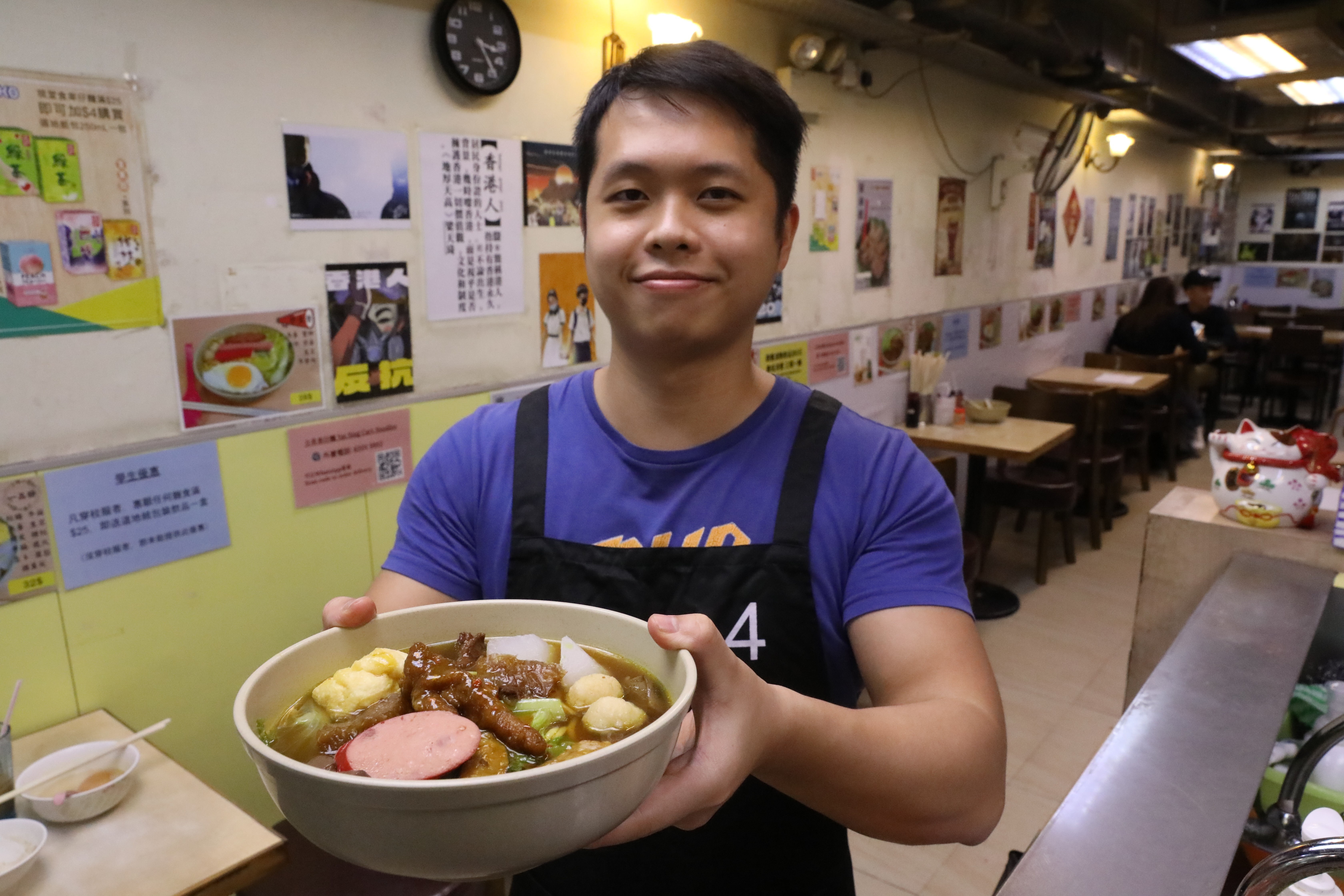
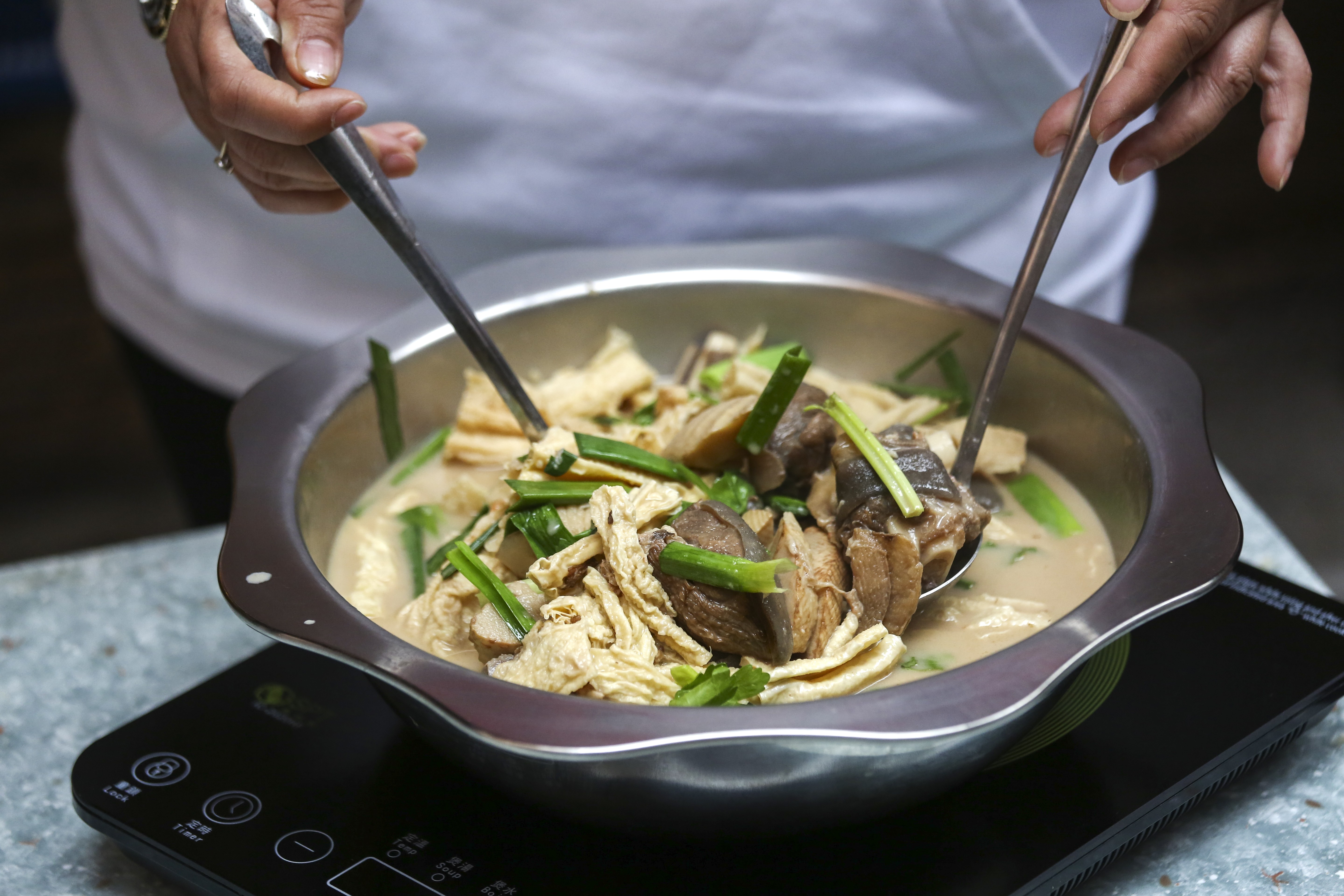
![Exterior of Glorious Cuisine at Shek Kip Mei Street in Sham Shui Po. 29NOV19 [FEATURES] SCMP / Jonathan Wong](https://cdn.i-scmp.com/sites/default/files/d8/images/methode/2019/12/19/7a4419c8-20bc-11ea-acfb-1fd6c5cf20a4_image_hires_103836.JPG)
